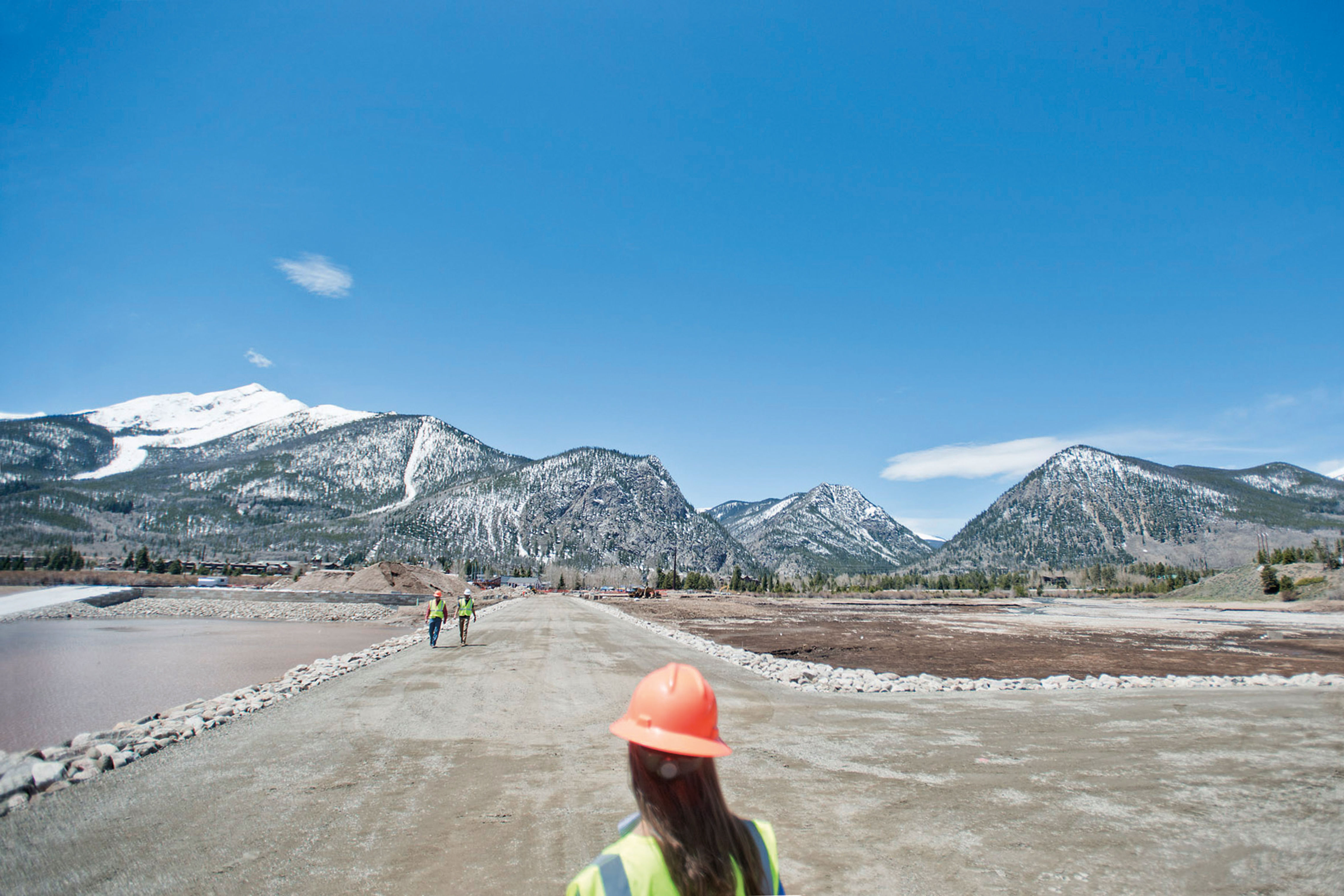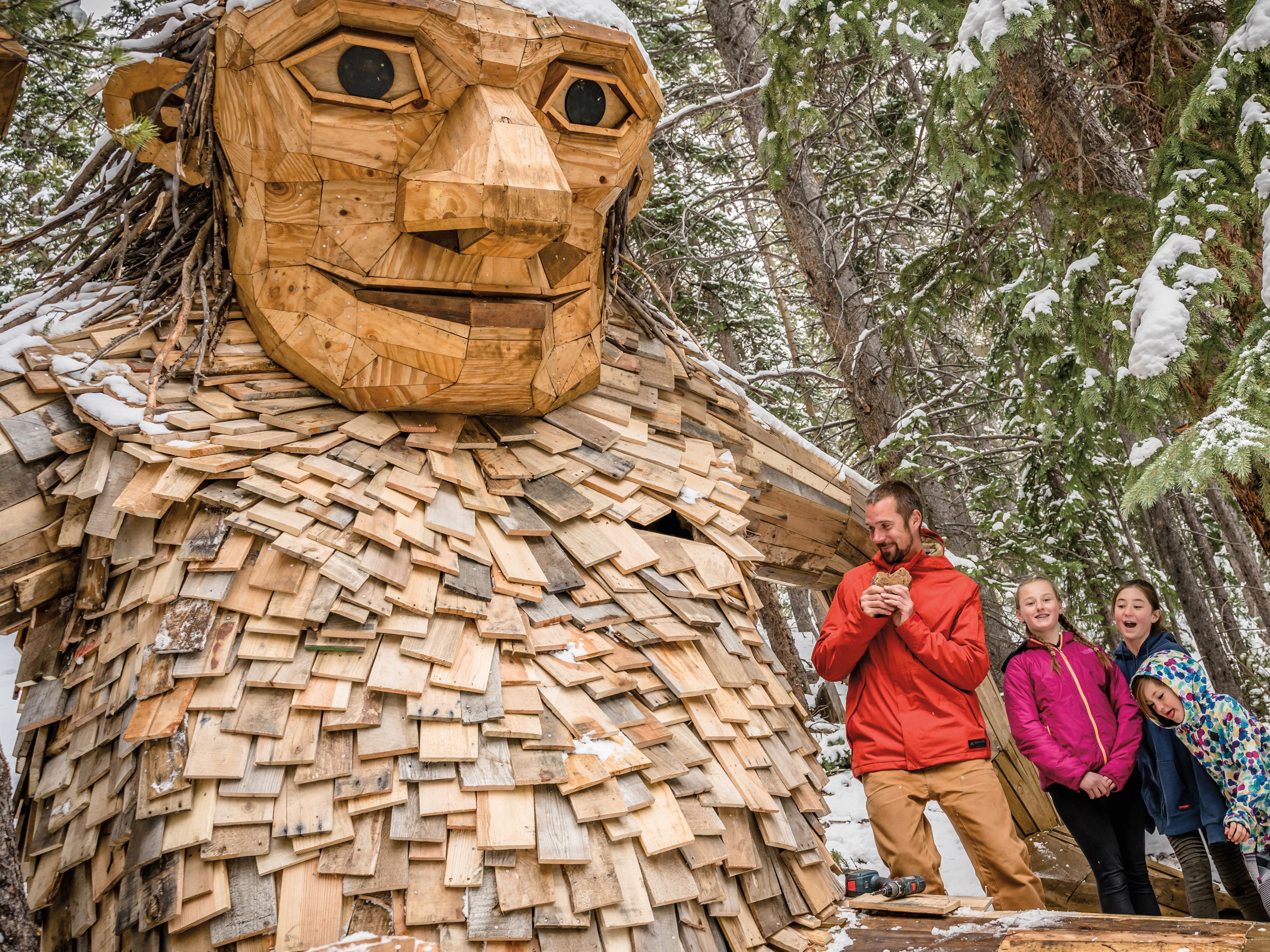Staying High
The 9,000-Foot Club
Summit's elevation puts it in a rarefied-air coterie that includes six continents and 140 million people.
The old saying purports that if you live in Summit County you have either three jobs or three houses. And while it’s true that there’s a staggering spectrum of the way folks live around here, there’s one aspect of life everyone shares. Whether they’re renting a room above a ski shop or trying to figure out the home theater in their Shock Hill manse, everyone who lives in Summit County lives near or above 9,000 feet.

Caffeine is bad for you at 9,000 feet. FICTION! Not only is caffeine not bad for you at 9,000 feet, but it's likely beneficial. A 2010 study by the Institute of Altitude Medicine in Telluride concluded that fears of dehydration from caffeine are greatly exaggerated. So java up!
But what does it really mean to live at 9,000 feet? Not to visit, not to seasonally decamp to here, but to wake and work day after day, year after year at 9,000 feet. Physically, mentally, climate-wise, personality-wise, flora- and fauna-wise, what do we have in common with other people who live at this altitude around the world? What are some of the other iconic places at 9,000 feet, and where does Summit converge or diverge with them?
Answering all of these questions isn’t easy. The research simply isn’t there. People living way up in the Andes and the Himalayas have been studied to death, but not folks at Summit’s inhabited elevation, which ranges from 9,035 feet in Silverthorne to a lung-sapping 10,036 feet in Blue River. Those lucky enough to live around here may not breathe air as thin as it is on the flanks of Everest, but they are still in a pretty rarefied group: only 2 percent of the world’s population—about 140 million people—live at or above 9,000 feet.
What follows is a modest compendium of interesting, weird, quasi-useful, and completely useless information about what happens at 9,000 feet around the world. Some of it derives directly from science and honest-to-goodness factual knowledge, some of it from more-or-less trustworthy friends, and some from a few of our more loquacious local bartenders. Consider it glorified cocktail chatter.
Physiology at altitude is all about O2.
The primary effects of altitude on the body are tied to oxygen and, more precisely, the lack of it, a condition known as hypoxia. In Summit’s climate, unlike that of tropical or subtropical places at 9,000 feet, hypoxia is coupled with extremely dry air, which can contribute to dehydration and compound some of the effects of altitude. According to Dr. Peter Hackett, director of the Institute for Altitude Medicine in Telluride, high altitude as far as a physiologist is concerned begins at 5,000 feet, the altitude at which the body senses changes in the oxygen level and starts to respond by increasing breathing. So 9,000 feet definitely qualifies as high altitude.

You get drunk faster at 9,000 feet. FICTION! (Sort of.) The thought -- and notion oft repeated by Summit County residents welcoming people to town -- is that lower oxygen levels at high altitudes impair the body's ability to metabolize alcohol, which leads to faster absorption and increased intoxication. Not so, say government studies. There may be a corollary effect of some kind -- perhaps that hangovers are extra-brutal -- but actual blood alcohol levels do not change at altitude.
What can be confusing is exactly what the “oxygen level” in the air means. The percentage of oxygen in the air does not change, no matter how high one goes: it stays at 21 percent at all altitudes. But as you gain elevation, barometric pressure drops, and there are fewer molecules of everything in the air, including those of oxygen, so that 21 percent becomes 21 percent of a smaller number. At sea level, the barometric pressure is 760 mmHG (millimeters of mercury). At 9,000 feet, it drops to 543 mmHG. The result is that there’s about 29 percent less oxygen at 9,000 feet than at sea level.
For those traveling to 9,000 feet, this means it can take several days to several weeks to acclimatize, though some people never do and suffer from acute mountain sickness as a consequence. Even for those living here permanently, coming back to the high country after a trip to sea level can lead to the headache, dizziness, nausea, fatigue, and other symptoms tied to altitude sickness.
Every continent but one touches 9,000 feet, an altitude home to some surprisingly big cities and towns with double-digit censuses.
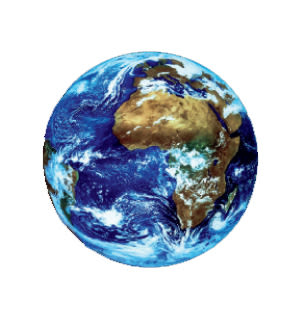
What else can you find at 9,000 feet? Mars! At 9,000 feet on the barren slopes of Mauna Loa on Maui, researchers have established a biodome to mimic life on Mars, where scientists and other guinea pigs go to live for months on end and gaze longingly at the beaches below.
Climate scientists aren’t exactly sure how climate change will affect Summit and its environs as temperatures rise over the next century, other than that there will be less snow, and snow only at higher elevations. Wintry places worldwide at our elevation will suffer the same fate—and are already. Tropical and subtropical locales at 9,000 feet may see even more rain than they get now. Speaking of which: • Mount Emei in Sichuan, China, is one of that county’s four sacred Buddhist mountains. At about 10,000 feet, it’s also one of the wettest places on earth, receiving about 321 inches of rain a year. • At the other precipitation extreme, a large section of the Atacama Desert in Chile, the driest place on earth, sits at 9,000 feet (topping out at over 13,000 feet). Wettest, driest—9,000 feet doesn’t discriminate. • Yellowstone National Park, with backcountry at 9,000 feet in Wyoming, Montana, and Idaho, is warming faster than the rest of the globe. The temperature there over the past decade was 1.4 degrees Fahrenheit higher than the average temperature in the region for the 20th century. The planet as a whole was 1 degree warmer in the last decade than the average for the 20th century.
Flora Factoids
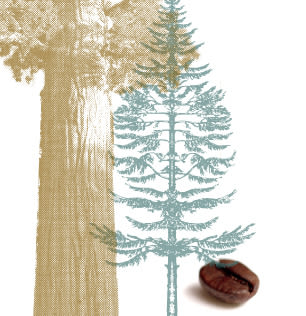
Douglas fir, Englemann spruce, and ponderosa pines are the biggest trees in Summit's neck of the woods at 9,000 feet, topping out between 110 and 160 feet.
Those are some big trees, but the biggest living things in the world by volume -- California's giant sequoias -- are abundant at 9,000 feet on the west side of the Sierra Nevada Mountains, where they grow over thousands of years to up to 300 feet high and 50 feet in diameter.
On the other side of the Sierra Nevadas, Ancient Bristlecone Scenic Byway begins near the town of Big Pine, California, at 9,000 feet, and winds higher to the odest unitary living things on earth, the 4,000- to 5,000-year-old bristlecone pine trees.
A lot of the world's coffee is grow around 8,000 feet, particularly in South America and Ethiopia. And Arabian mocha sanani beans grow at 9,000 feet in Yemen. Some folks marketing high-altitude coffee swear that roasting it at 9,000 feet radically improves flavor, claiming that roasting at that elevation takes longer than at lower altitudes. As a result, the favors and oils emerge more evenly and completely.
And speaking of stimulants, 9,000 feet is the maximum elevation where one of the four species of coca leaves grows, primarily in Peru, Ecuador, Bolivia, and Colombia. Guess what chewing coca leaves is good for? You got it: alleviating altitude sickness.
Cool Critters
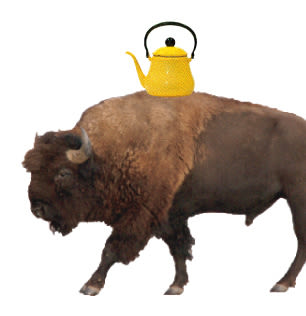
Everyone who lives up here has their own impressions of what it’s like and their own reasons for why they do it—it’s not for everybody, that’s for sure. But if you think it’s your cup of tea, then welcome to the 9,000-Foot Club! Just remember: it’ll take longer for the water to boil. For the tea.
The largest animals in the world that live at 9,000 feet are the bison in Yellowstone. Bulls weigh up to 2,000 pounds, and Yellowstone is the only place in the U.S. where bison have lived continuously since prehistoric times. The next largest animal living at 9,000 feet is making itself more and more at home around Summit. It’s the moose! A bull moose can weigh up to 1,600 pounds—and can run around Mohawk Lake a lot faster than you can.
The top predators at 9,000 feet in most places are cats and dogs: cloud and snow leopards and wolves in Asia; mountain lions and wolves in North America. Lions roam to above 9,000 feet in parts of Africa, while tigers have been found at 9,000 feet and above in Bhutan, Nepal, and India.
Mountain gorillas thrive at 9,000 feet and above in Rwanda and Congo.



